Not only in Ho Chi Minh City, the encroachment and distortion of architectural heritage also appears in many localities. In Hanoi , many ancient villas on the streets: Tran Hung Dao, Phan Chu Trinh, Ly Thuong Kiet..., are arbitrarily renovated, business signs are attached, and the facade is expanded, losing the original value.
In the Da Lat area, many ancient buildings or old villas were demolished, replaced by modern hotels and cafes. Each incident is a “scratch” in the memory space, reflecting the gap in awareness and legal corridor to protect heritage.
Meanwhile, the addition of regulations on privately owned architectural and artistic works to the Law on Cultural Heritage (amended and supplemented in 2024; effective from January 1, 2025) is an important step forward. Accordingly, all works of historical, cultural and artistic value, whether belonging to the State, organizations or individuals, are recognized and protected by the State for legal ownership. Owners have the right to exploit the works for daily life, tourism and education , but must maintain the original elements and must not repair or demolish them without permission. At the same time, the State has policies on technical support, insurance, tax incentives and heritage promotion to encourage people to participate in conservation.
The breakthrough point of the revised Law on Cultural Heritage is the legalization of the public-private partnership (PPP) mechanism in conservation. Owners can cooperate with management agencies, museums, and cultural and tourism enterprises to display and exploit heritage values. Economic benefits are shared transparently and harmoniously, ensuring both professional factors and maintaining the vitality of heritage in contemporary life.
This is a direction in line with the international trend, when heritage is seen as a soft resource for sustainable development, not just a “past object” that needs to be protected. However, for the law to be truly effective, it is necessary to change management awareness. And reality has shown that many violations of heritage conservation originate from a rigid approach or lack of coordination between authorities.
In Ho Chi Minh City, there have been cases of ancient villas on No Trang Long or Le Quy Don streets being seriously degraded, even regrettably demolished because there is no mechanism to support the owners, while the restoration is stuck in complicated procedures. In Hanoi, some buildings are classified but there is no planning for the protected area, leading to the situation of additional construction, encroaching on the landscape space. These shortcomings require a more flexible mechanism, both preserving and encouraging people to participate in preserving the heritage.
Models such as “Binh Thuy Ancient House” (Can Tho) or “Bao Dai Villa” (Lam Dong) - where the owner voluntarily preserves, displays and opens to visitors - are clear evidence of the effective cooperation between the State and the people. The revised Law on Cultural Heritage not only expands the scope of protection but also demonstrates the mindset of developing culture in parallel with economic development.
In the process of urbanization, cultural heritage cannot stand outside the flow of modernity but must not be easily swept away by massive commercialization. Preservation does not mean "framing" but keeping the "soul" in creative adaptation and regeneration. And keeping heritage also means keeping the memory and "soul" of the city in today's bustling development.
LIBRA
Source: https://www.sggp.org.vn/giu-hon-di-san-giua-nhip-phat-trien-do-thi-post817609.html




![[Photo] Discover unique experiences at the first World Cultural Festival](https://vphoto.vietnam.vn/thumb/1200x675/vietnam/resource/IMAGE/2025/10/11/1760198064937_le-hoi-van-hoa-4199-3623-jpg.webp)



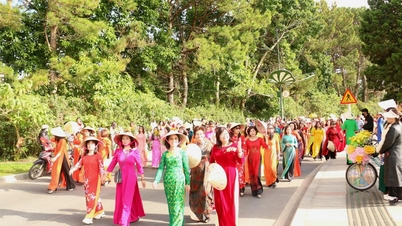





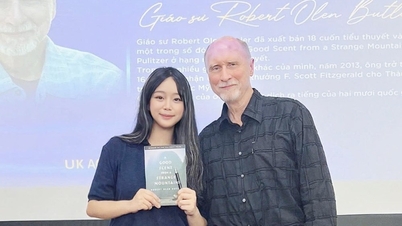

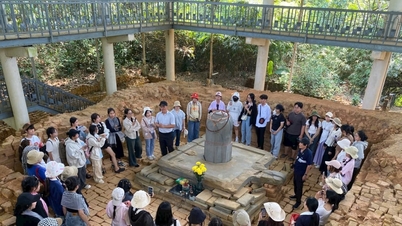

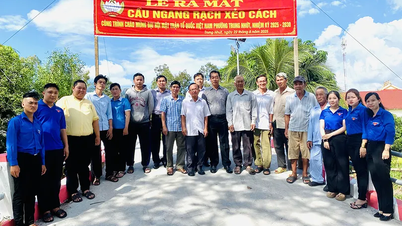


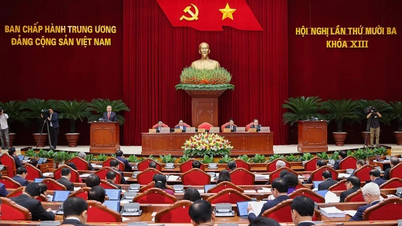


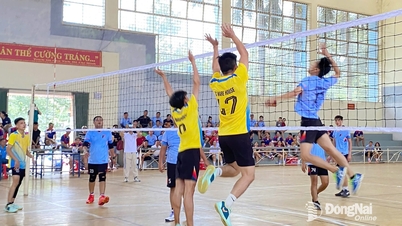

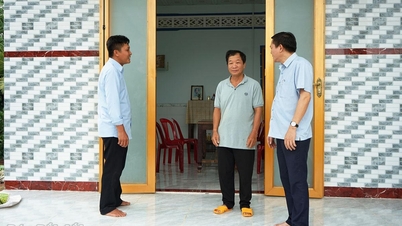





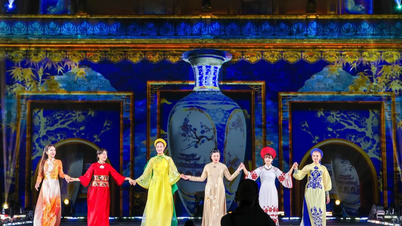

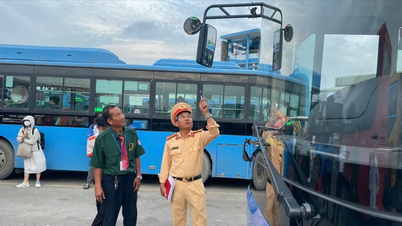



![[Photo] General Secretary attends the parade to celebrate the 80th anniversary of the founding of the Korean Workers' Party](https://vphoto.vietnam.vn/thumb/1200x675/vietnam/resource/IMAGE/2025/10/11/1760150039564_vna-potal-tong-bi-thu-du-le-duyet-binh-ky-niem-80-nam-thanh-lap-dang-lao-dong-trieu-tien-8331994-jpg.webp)
![[Photo] Opening of the World Cultural Festival in Hanoi](https://vphoto.vietnam.vn/thumb/1200x675/vietnam/resource/IMAGE/2025/10/10/1760113426728_ndo_br_lehoi-khaimac-jpg.webp)
































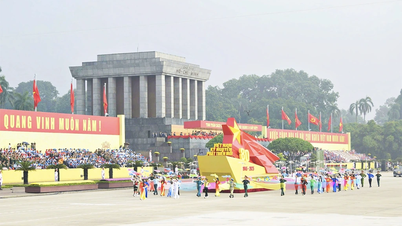






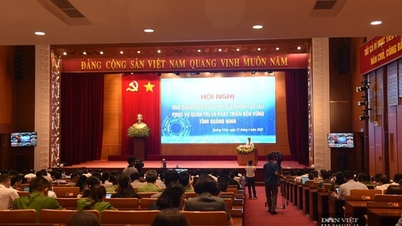

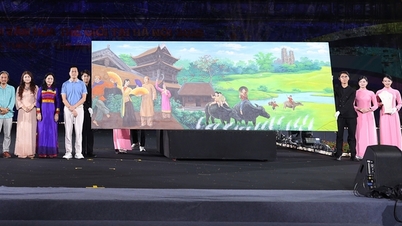

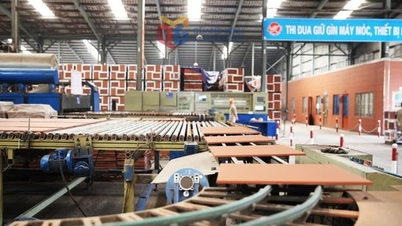



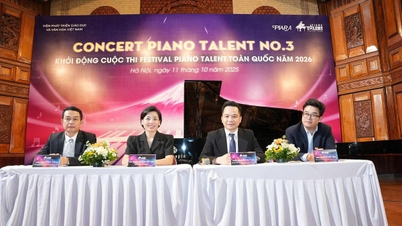
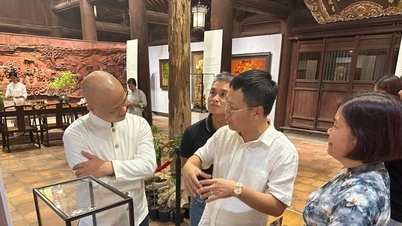

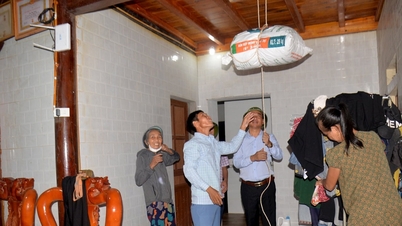





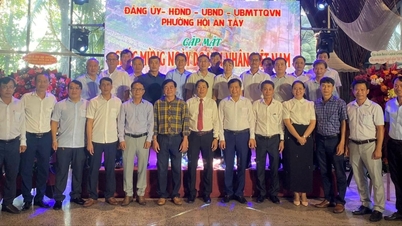











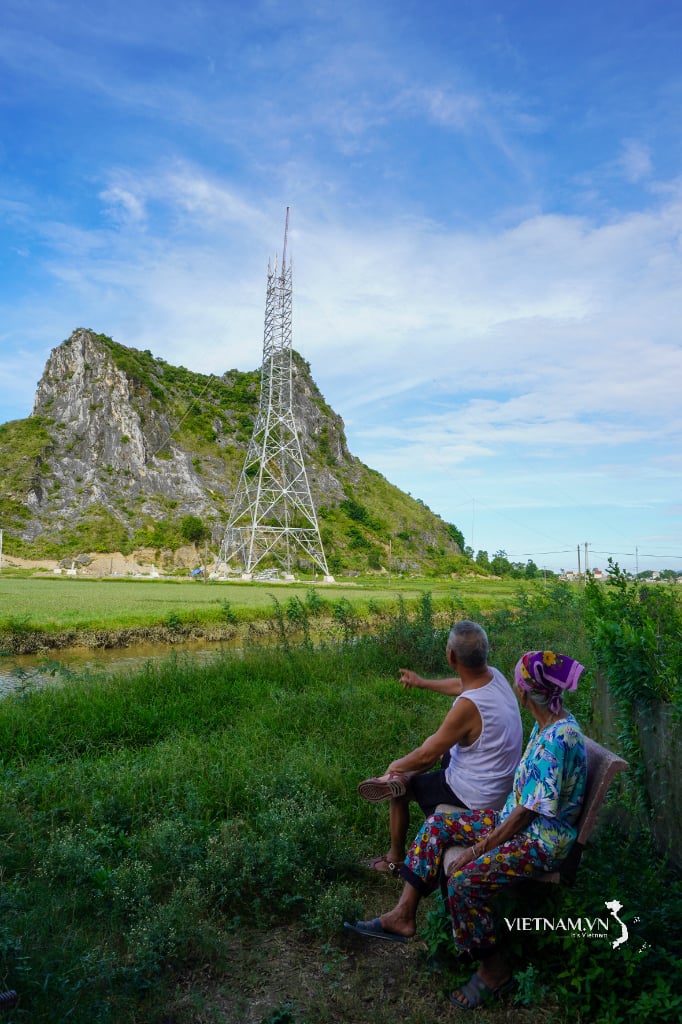

Comment (0)